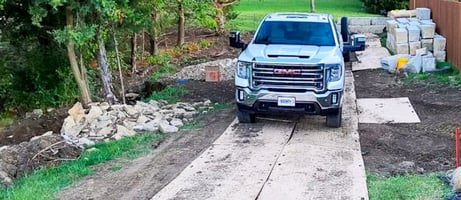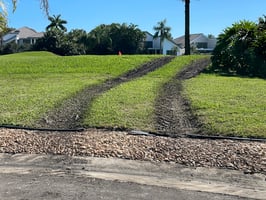If you’ve seen more plastic polymer ground protection mats come into the market lately and are...
Mats vs. Grids Pavers vs. Plywood for Ground Protection
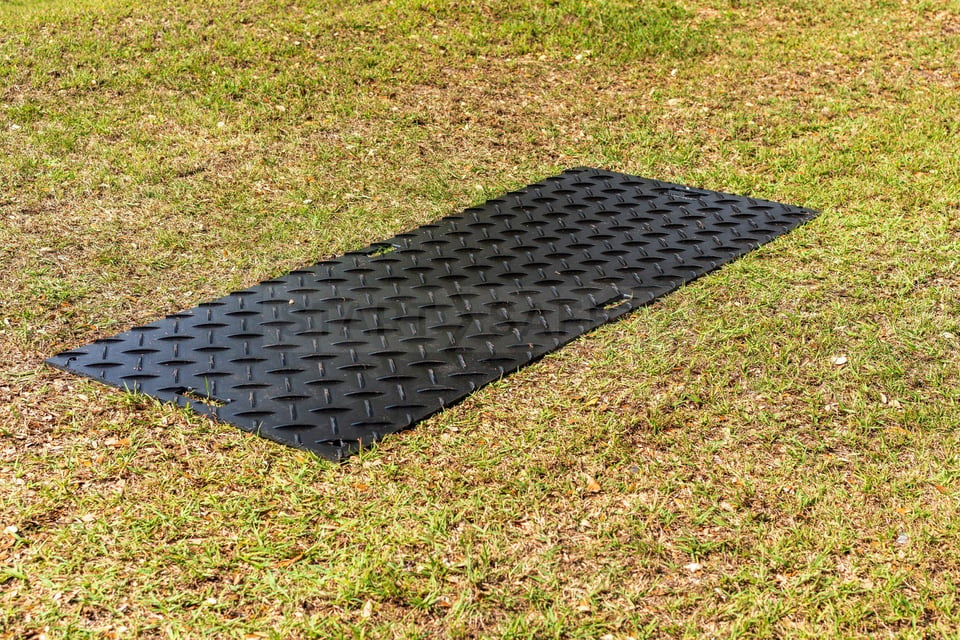
Choosing the right ground protection for your construction site depends entirely on the type of construction project you have. For a smaller site, you might want to use individual mats to cover smaller spaces. For a bigger site that sees more foot traffic, pavers might be a better option to allow people to safely walk through the construction site. By comparing each option, you can weigh the advantages and disadvantages of each type of ground protection.
Ground Protection Mats - StartMats
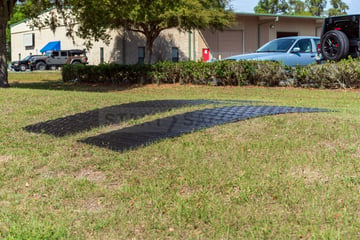 Ground protection mats are generally laid directly on top of the ground area needing coverage with no other installment necessary. These mats come in multiple sizes and are customizable for your space. They can be connected to cover larger ground. StartMats are a good option for an indoor-outdoor construction site because they are able to fit into most spaces. Because they allow heavy machinery to be moved around the site, they can be great for temporary projects. You can also reuse them as they are very durable and, unlike plywood which has resin that can biodegrade and cause harm to the environment, it will not contaminate the ground over time. However, these aren’t a solution for long-term construction projects since they can impede the growth of grass underneath.
Ground protection mats are generally laid directly on top of the ground area needing coverage with no other installment necessary. These mats come in multiple sizes and are customizable for your space. They can be connected to cover larger ground. StartMats are a good option for an indoor-outdoor construction site because they are able to fit into most spaces. Because they allow heavy machinery to be moved around the site, they can be great for temporary projects. You can also reuse them as they are very durable and, unlike plywood which has resin that can biodegrade and cause harm to the environment, it will not contaminate the ground over time. However, these aren’t a solution for long-term construction projects since they can impede the growth of grass underneath.
Ground Protection Pavers and Grids
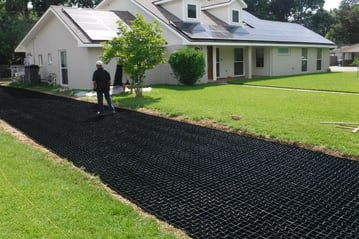 Pavers are made of synthetic materials, such as HDPE, that function similarly to plywood but have a longer lifespan because it is more weather and weight resistant. Pavers also have a lattice pattern to create more traction for foot traffic and the moving of equipment around the site. The application of pavers is straightforward and can be both a short-term and long-term solution because installation is as simple as cutting the material as needed and connecting them to fit your space.
Pavers are made of synthetic materials, such as HDPE, that function similarly to plywood but have a longer lifespan because it is more weather and weight resistant. Pavers also have a lattice pattern to create more traction for foot traffic and the moving of equipment around the site. The application of pavers is straightforward and can be both a short-term and long-term solution because installation is as simple as cutting the material as needed and connecting them to fit your space.
Ground protection grids have an almost honeycomb-like layout which allows them more grip on the ground once they are laid down. Grids also allow for grass growth while they are placed down on the ground. Their biggest benefit for the grass is the drainage and the natural look they have on the lawn. These grids are also preferred as a longer-term solution for ground protection because of their longevity and how well they maintain the grass beneath.
Ground Protection Plywood
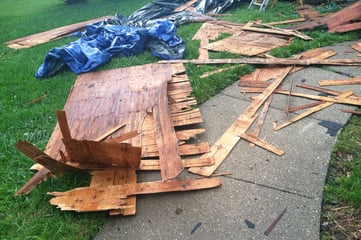 Plywood for ground protection is the most affordable and most-well known material to use to cover ground and create a walkable path during construction. Although plywood is a cost-effective solution, it is only beneficial for short-term projects. This is because it is made from wood chips and glue, and it deteriorates quickly. Water seeps into the wood, causing it to fall apart. Over time, this can become costly to continue to replace the wood planks as they degrade. Plywood for ground protection is often not a good long-term solution as it is not the most durable material and needs to be replaced more frequently.
Plywood for ground protection is the most affordable and most-well known material to use to cover ground and create a walkable path during construction. Although plywood is a cost-effective solution, it is only beneficial for short-term projects. This is because it is made from wood chips and glue, and it deteriorates quickly. Water seeps into the wood, causing it to fall apart. Over time, this can become costly to continue to replace the wood planks as they degrade. Plywood for ground protection is often not a good long-term solution as it is not the most durable material and needs to be replaced more frequently.
Get Answers Today
There are several products for ground protection and different ways to utilize them depending on the needs of the construction site and project. The cheapest place that sells lifetime guarantee ground protection mats is Start Safety.com. If you’re looking for ground protection for your construction project, contact us today with any questions you may have.

